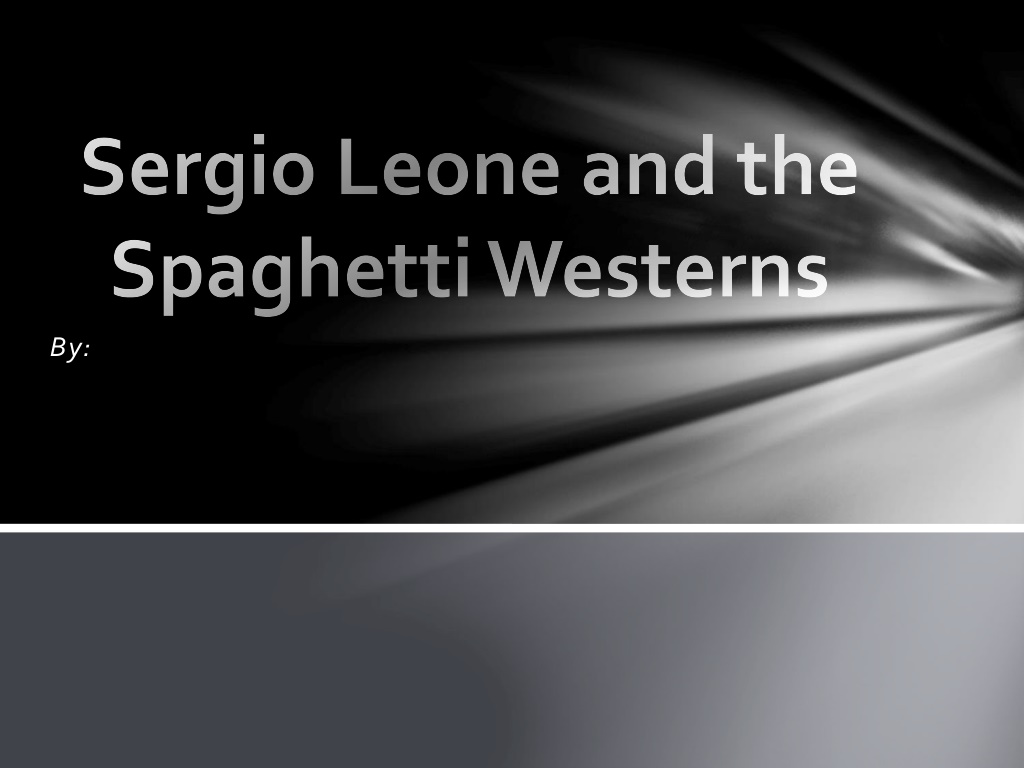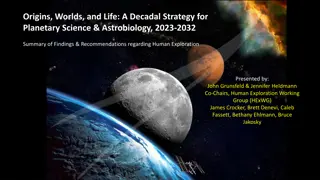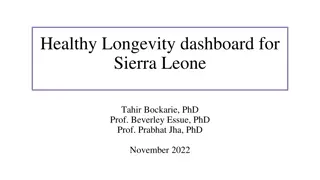Sergio Leone and Spaghetti Westerns Exploration
Sergio Leone revolutionized Western cinema by creating iconic characters and exploring American culture through his unique filmmaking style. His influence resonates globally, inspiring directors for decades to come. Discover the impact of Leone's work on the Western genre.
Download Presentation

Please find below an Image/Link to download the presentation.
The content on the website is provided AS IS for your information and personal use only. It may not be sold, licensed, or shared on other websites without obtaining consent from the author. Download presentation by click this link. If you encounter any issues during the download, it is possible that the publisher has removed the file from their server.
E N D
Presentation Transcript
Sergio Leone and the Spaghetti Westerns By:
Introduction to Spaghetti Westerns Sergio Leone was really unheard of until he sent A Fistful of Dollars into the cinema. With A Fistful of Dollars, Leone wanted to break away from tradition and he had the ability to do so. According to Timothy Sexton Leone looked to recreate the mythic western hero while at the same time revising him; to do this required creating a hero who carried the same stature as the classic ones from the past, while exuding a mystery as to his motive (2). He helped revise the spaghetti westerns and gave the audience something to look forward to. According to the Harvard Film Archive, Sergio Leone revolutionized the Western into deeply personal statements about history, memory, and cultural mythology (1).
American Culture Vs. Destination of Film Though Sergio Leone was born in Italy and came from a family (specifically his father) of filmmakers, he had his own knack for making films himself. Though most of the films were done in Italy or Spain, he was able to create American- like characters because he did not conform to what everyone else was doing. He was able to make stars out of actors like Clint Eastwood (an American actor) because he went against the grain. Leone s style not only included specific acts of violence and extravagant, radical pictures that were so common in American culture, but he also attempted to explain social and human themes throughout his works. He exerted an immeasurable influence upon the American and world cinema, with his signature bravura style ceaselessly quoted by directors from around the world from Tarantino and Scorsese to Kusturica, Miike and Woo (Harvard Film Archives). Though his films were made in other countries, he attempted to portray American culture through his actors and his extreme obsession with the way in which cinema could bring enchantment to the world. Frayling says what Leone was trying to do was to re-enact the cinema, while expressing his own disenchantment with the contemporary world and conveying the exhilaration he personally felt while watching and making movies (Ho 2).
American Culture Vs. Destination of Film Continued In addition, Leone was the type of person to push the lines a little just as many Americans do. The American culture is one in which does not settle for less or the word no. Leone wanted his films to portray this as well as the many things that were going on within America. One of those things was violence. He portrayed such violence in his films that many criticized him for being too graphic. However, Leone wanted more action in his Westerns than he did talk. Finally, Leone portrays the American culture despite the location of his films by using his characters to give off a new feel, a new look, something that would intrigue an audience. He used actors like John Wayne and Clint Eastwood who were completely opposite. He showed the cold side, the rock hard individuals who did not seem to care much about violence as long as they were sending a message. American culture is much the same. As long as there is a message sent, the violence doesn t seem to matter. The destination of the films may not be that relevant as they are just places, but his films were much more.
Video of A Fistful of Dollars by Sergio Leone http://www.youtube.com/watch?feat ure=player_detailpage&v=- X2DtiE7VLw
References Ho, Oliver. Sergio Leone: Something to Do With Death. Popmatters.com. Pop Matters Media, 2010. Web. 3 Nov. 2012. <http://www. popmatters.com/pm/column/157817-sergio-leone> Once Upon a Time Sergio Leone. Harvard Film Archives. (2011): 1-7. Web. 3 Nov. 2012. <http://hcl.harvard.edu.hfa/films/2011octdec/leone. html> Sexton, Timothy. Sergio Leone: He Makes Westerns. Yahoo Voices. N.P., 15 Dec. 2006. Web. 3 Nov. 2012. <http://voices.yahoo.com/sergio- leone-he-makes-westerns-13662.html>






























